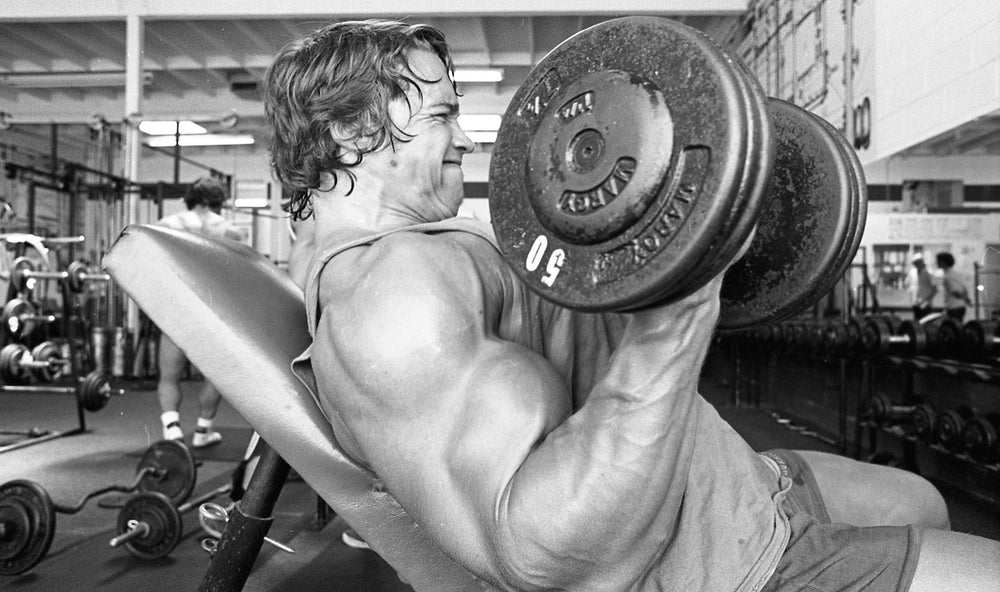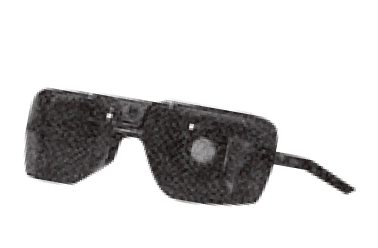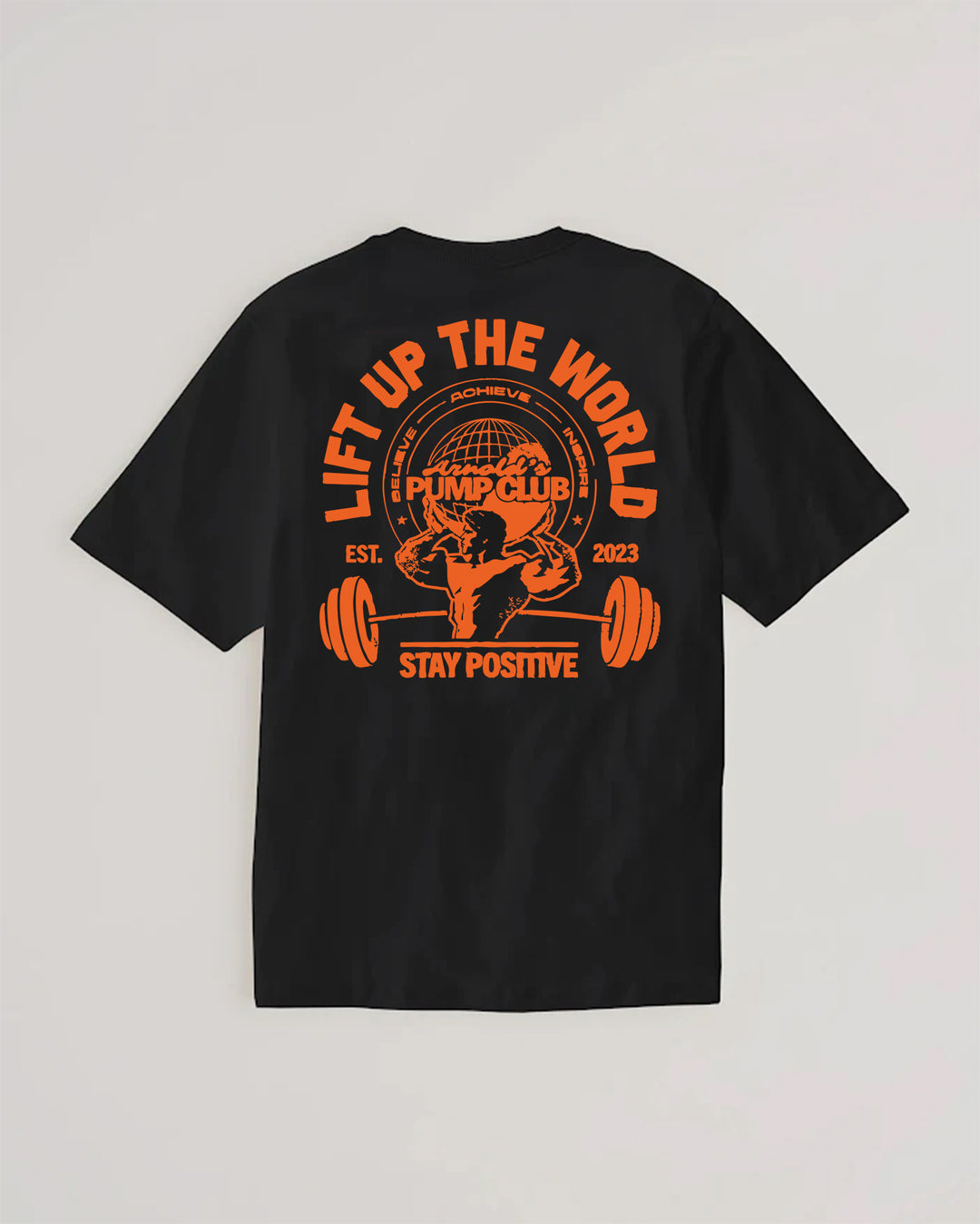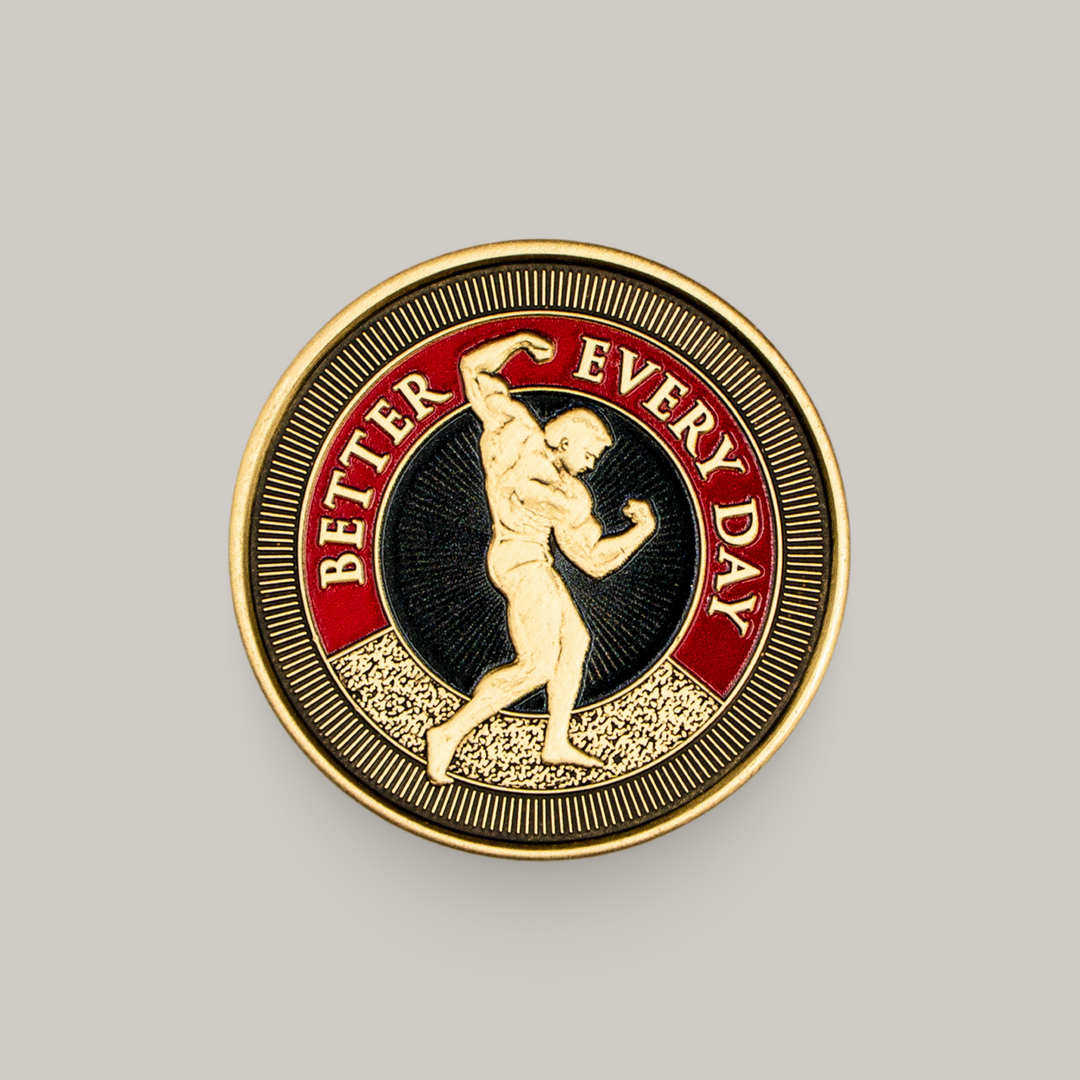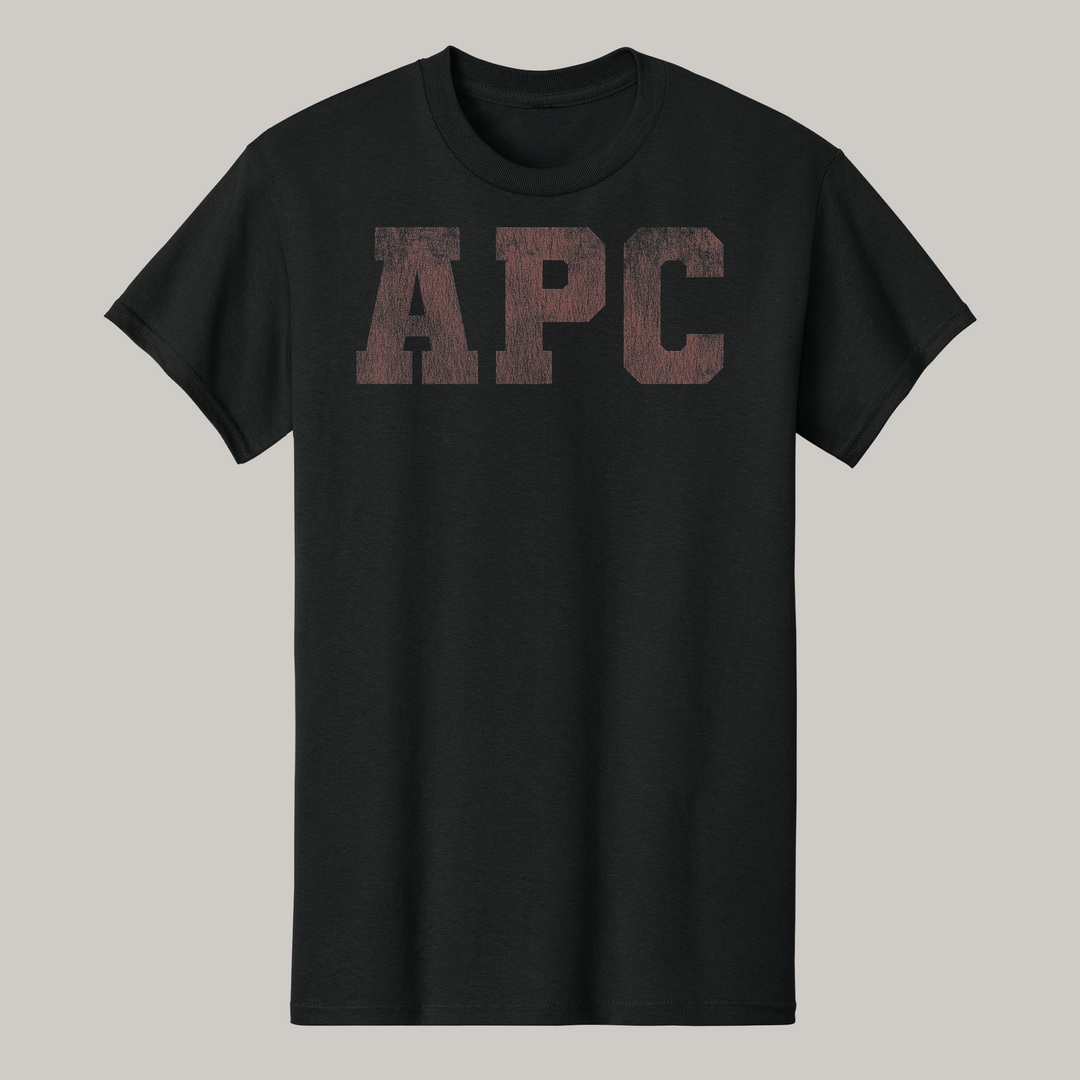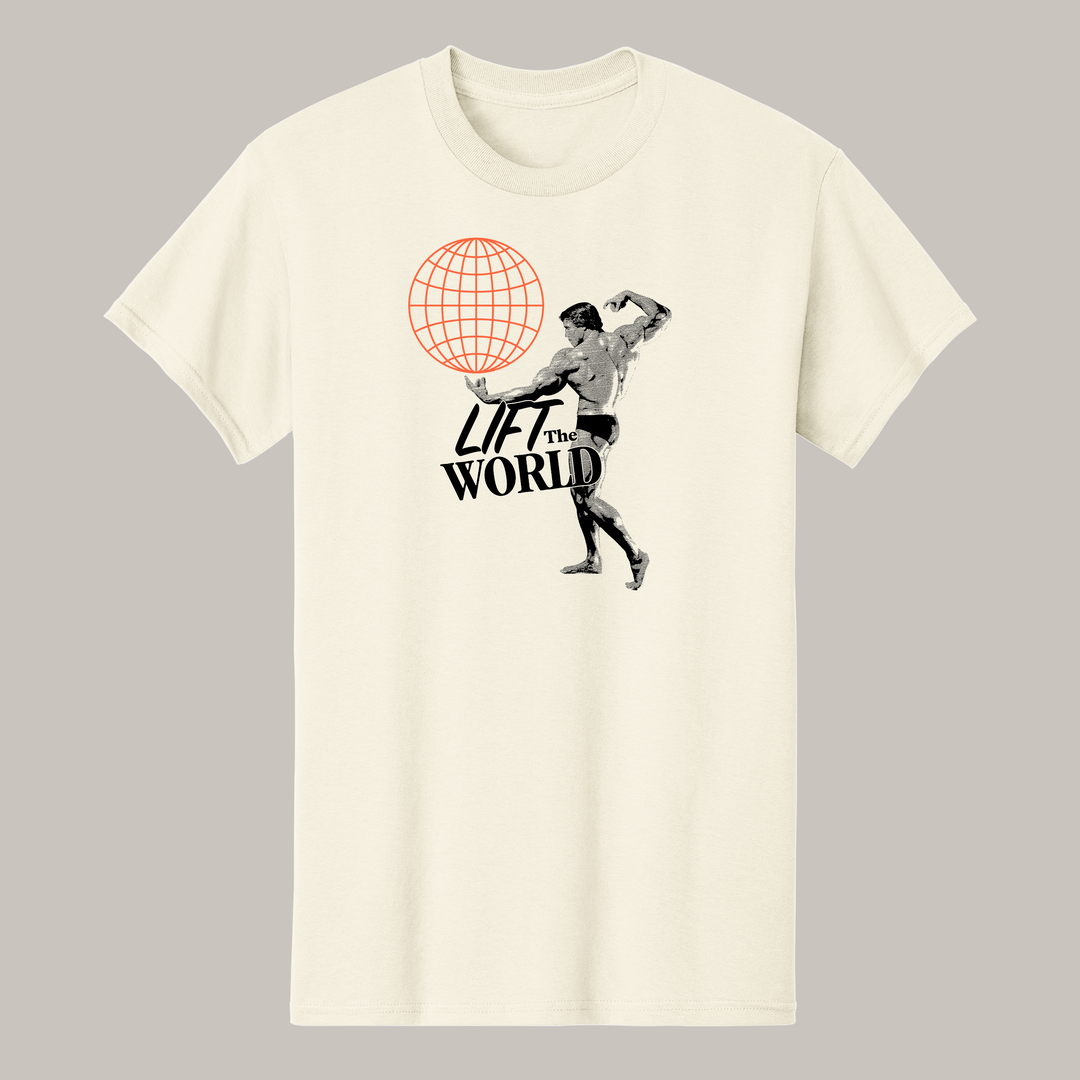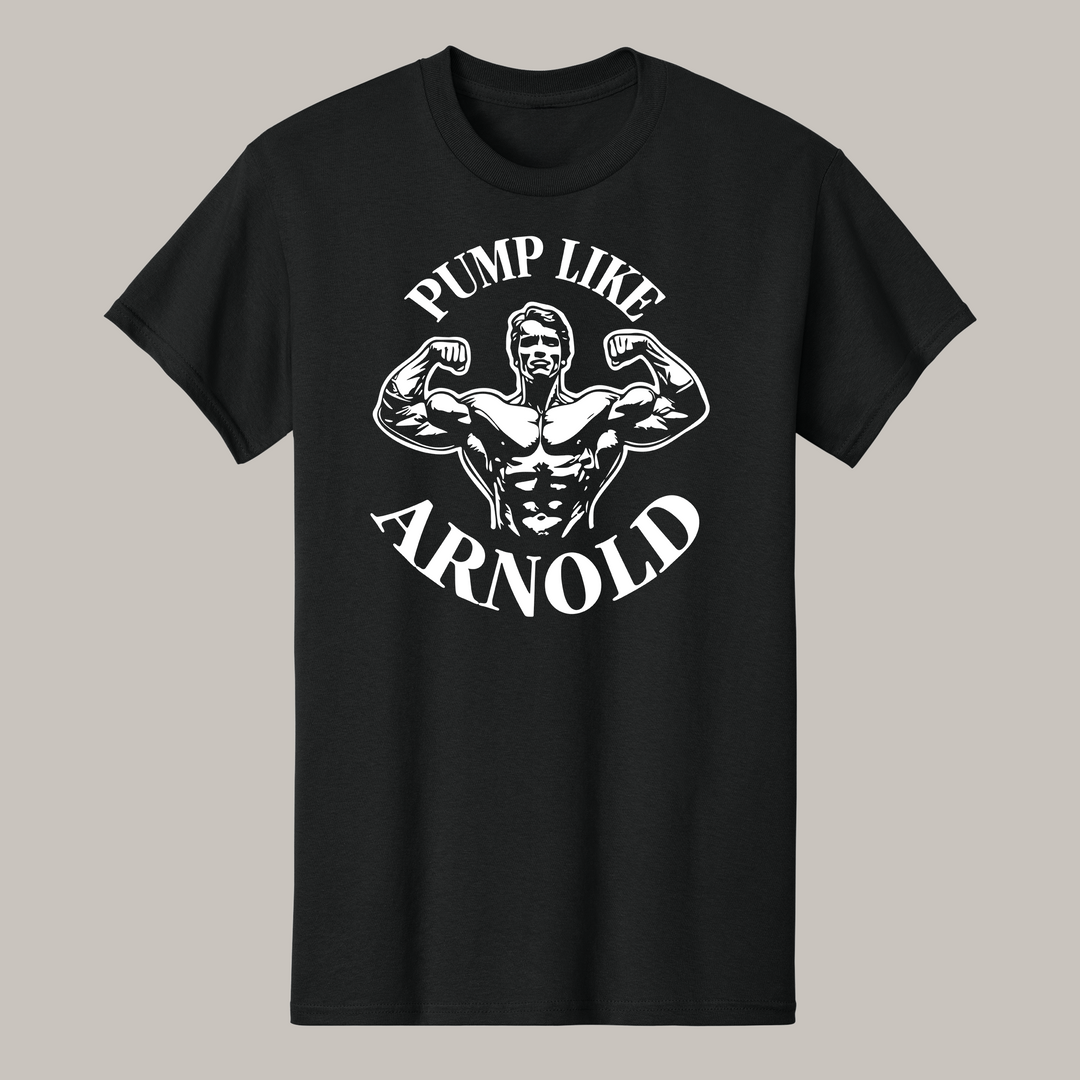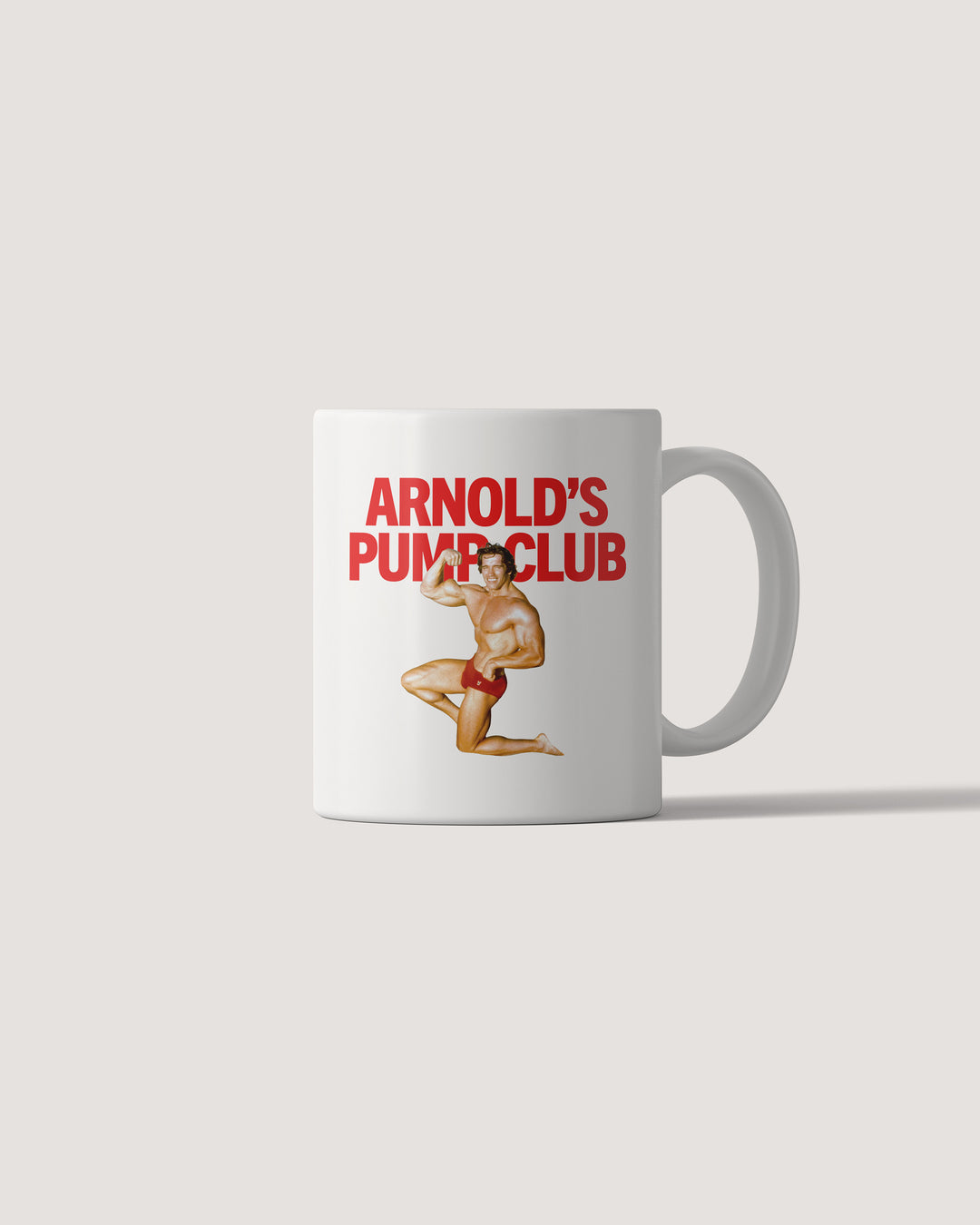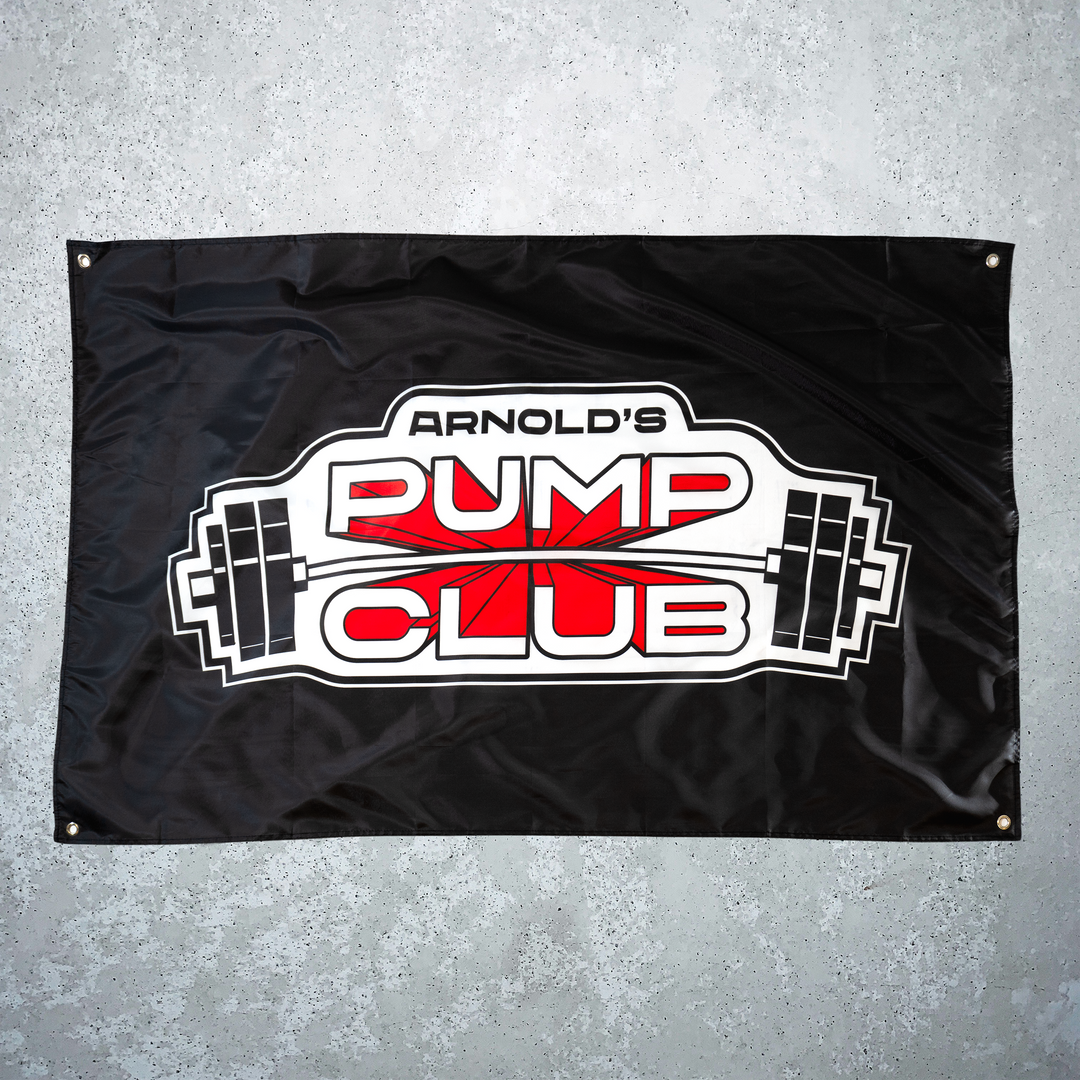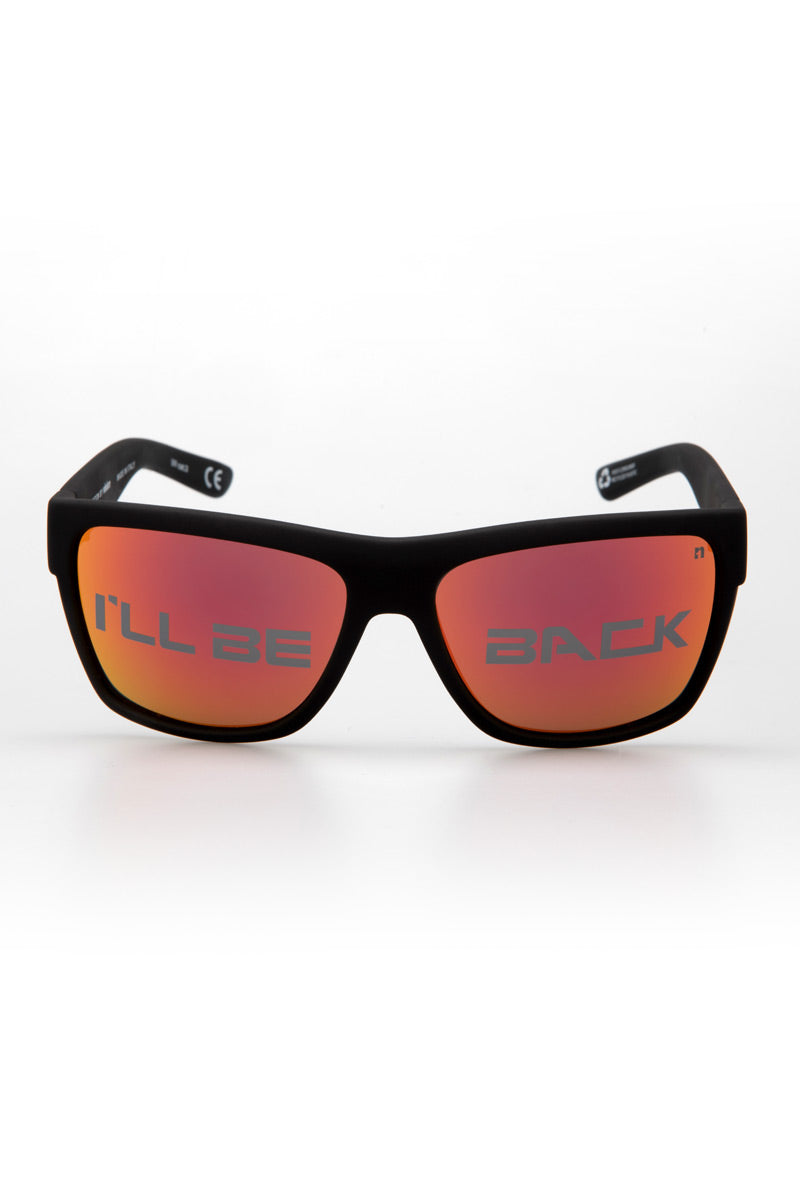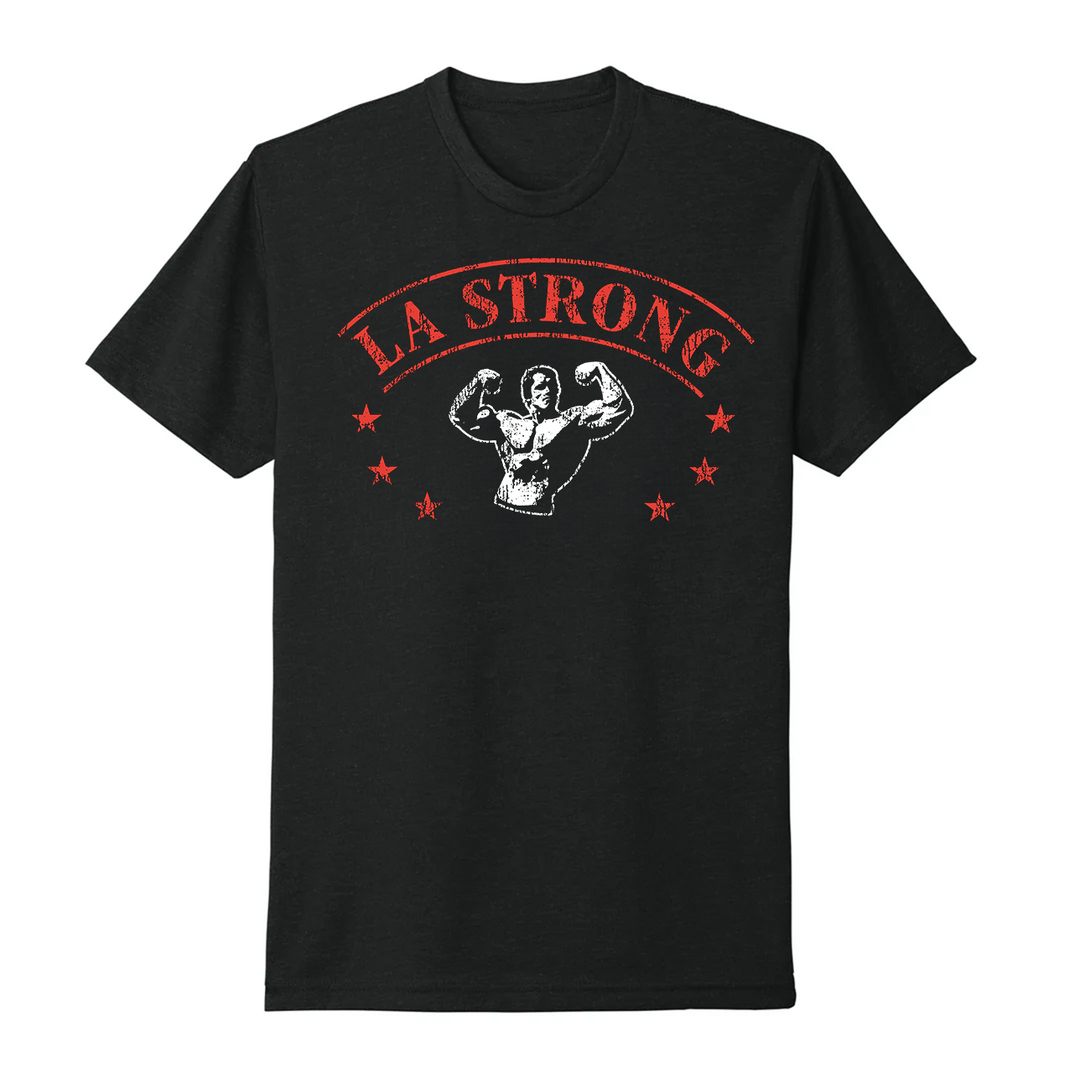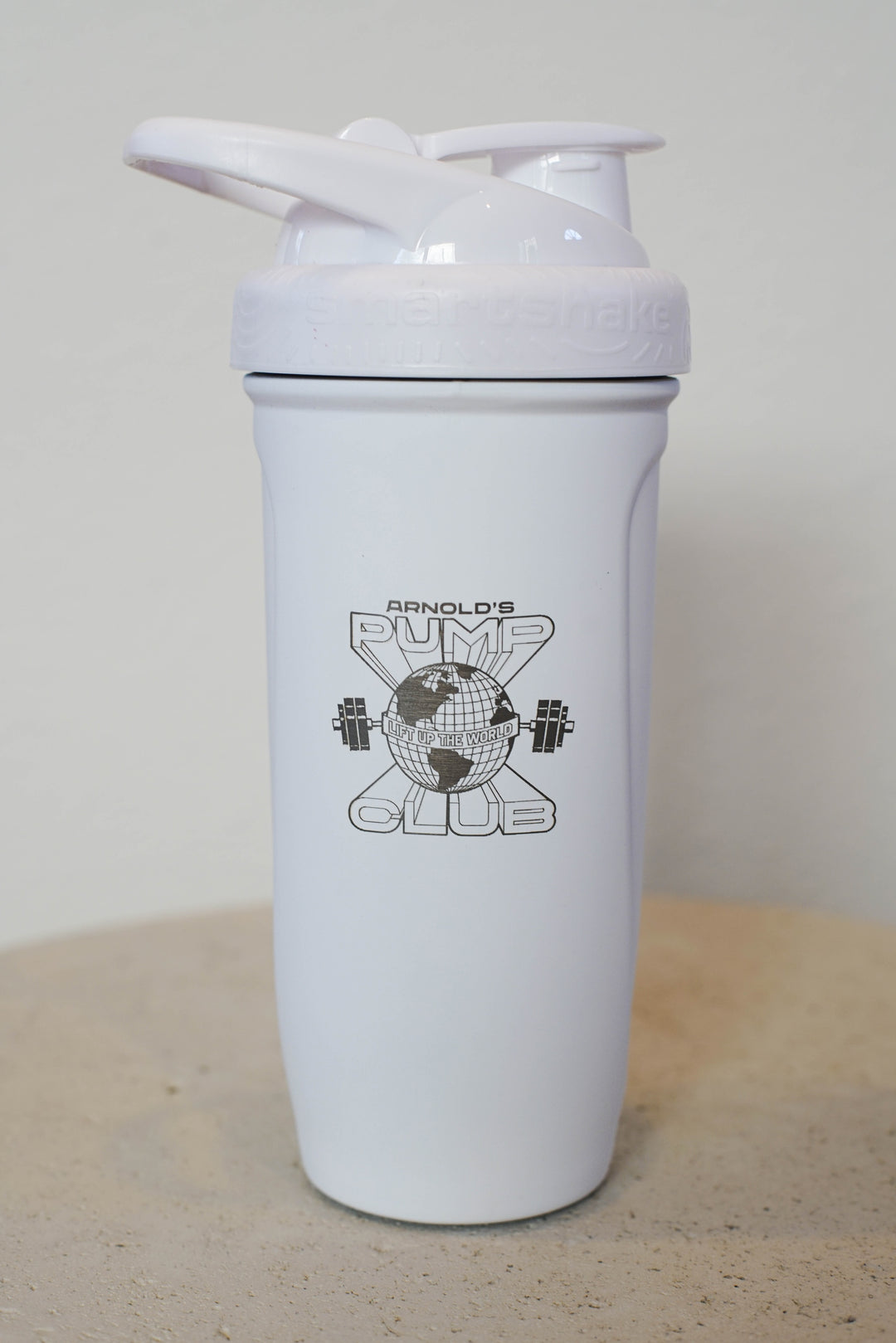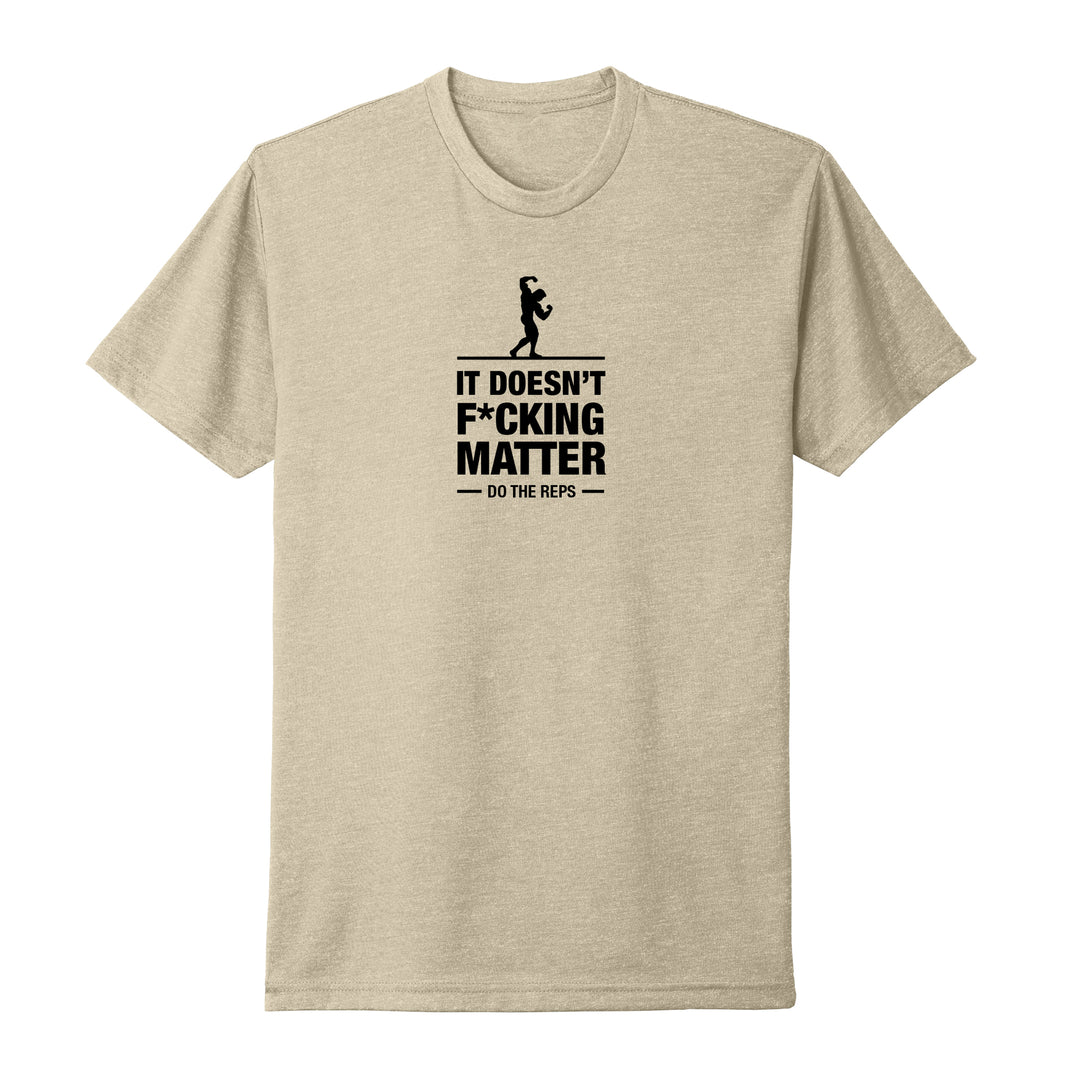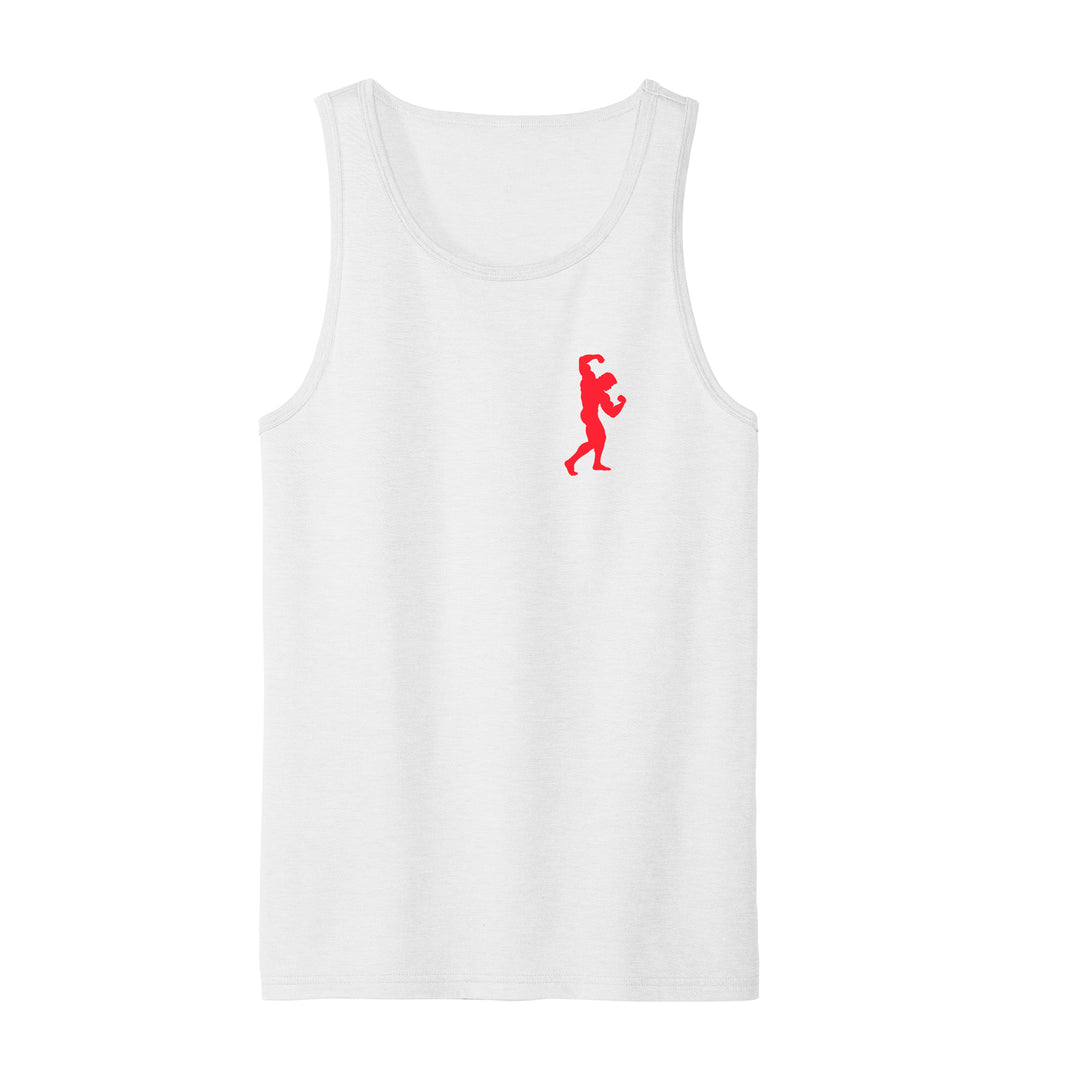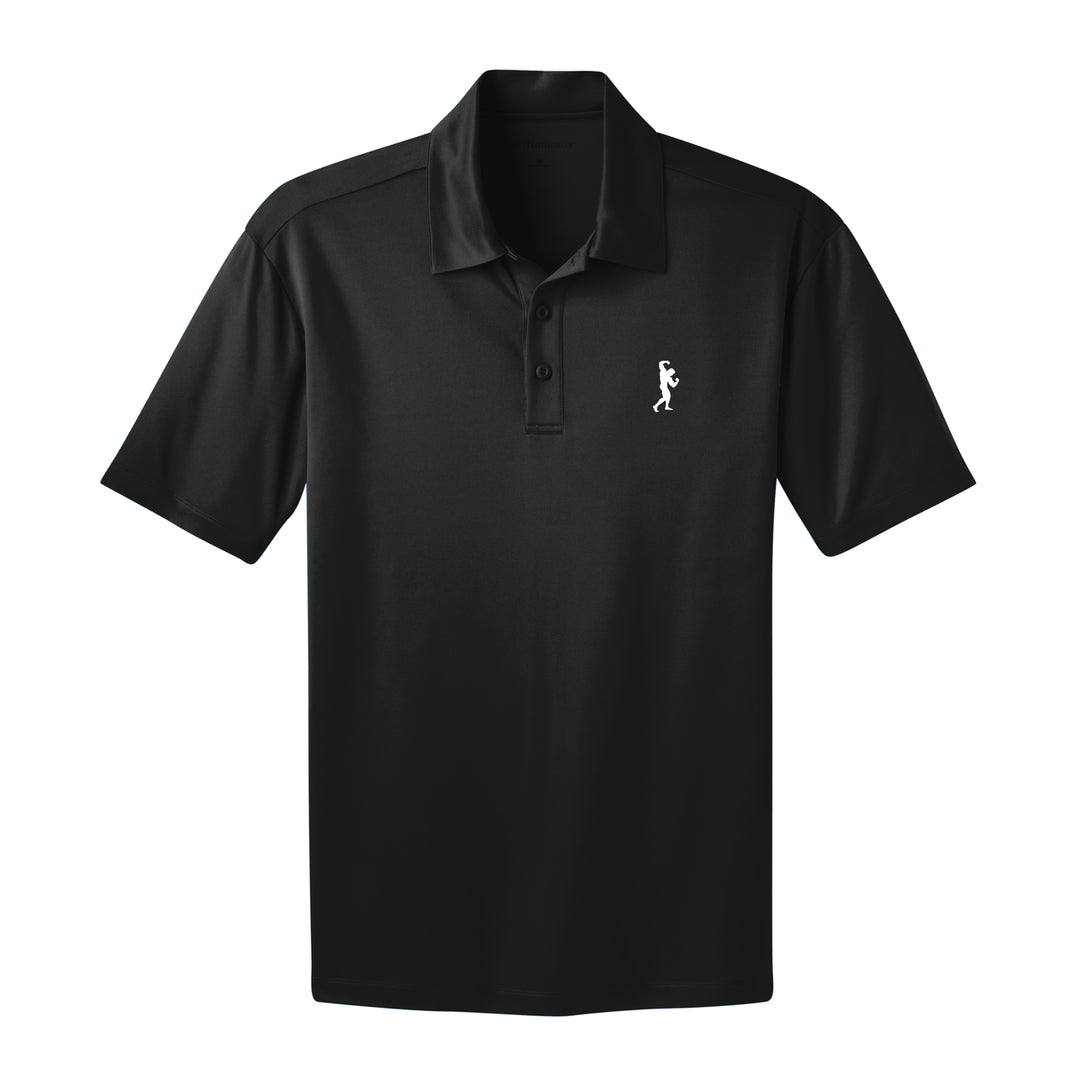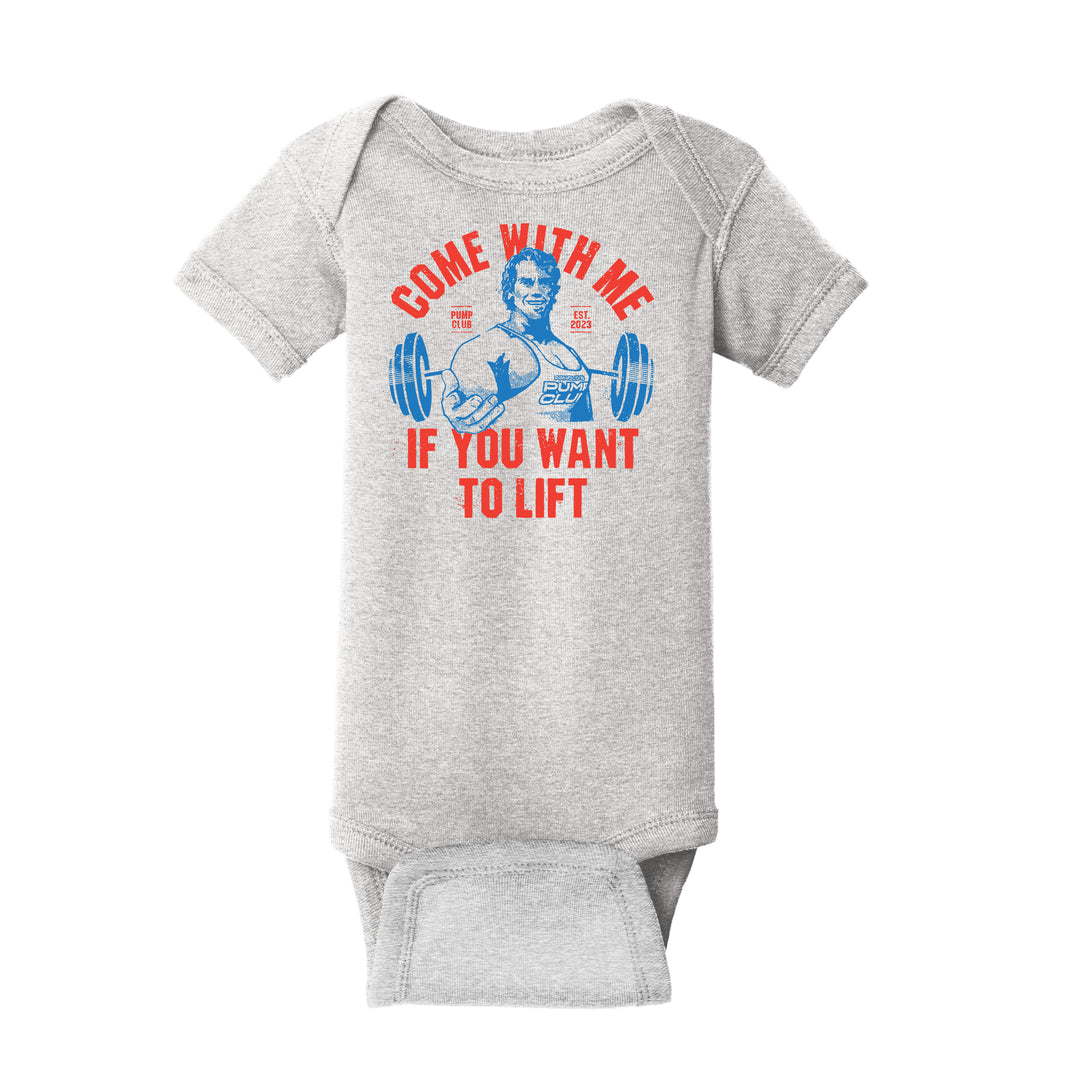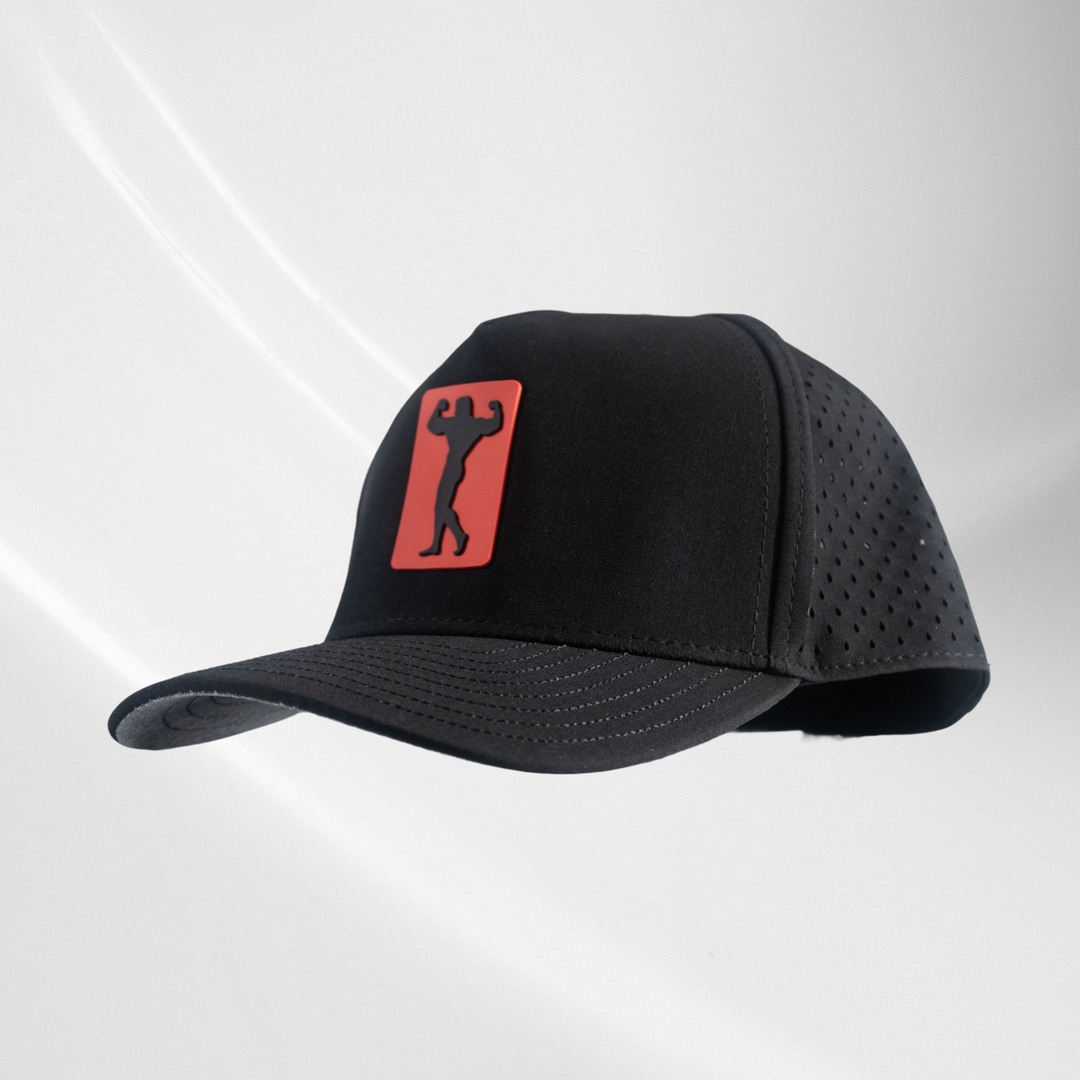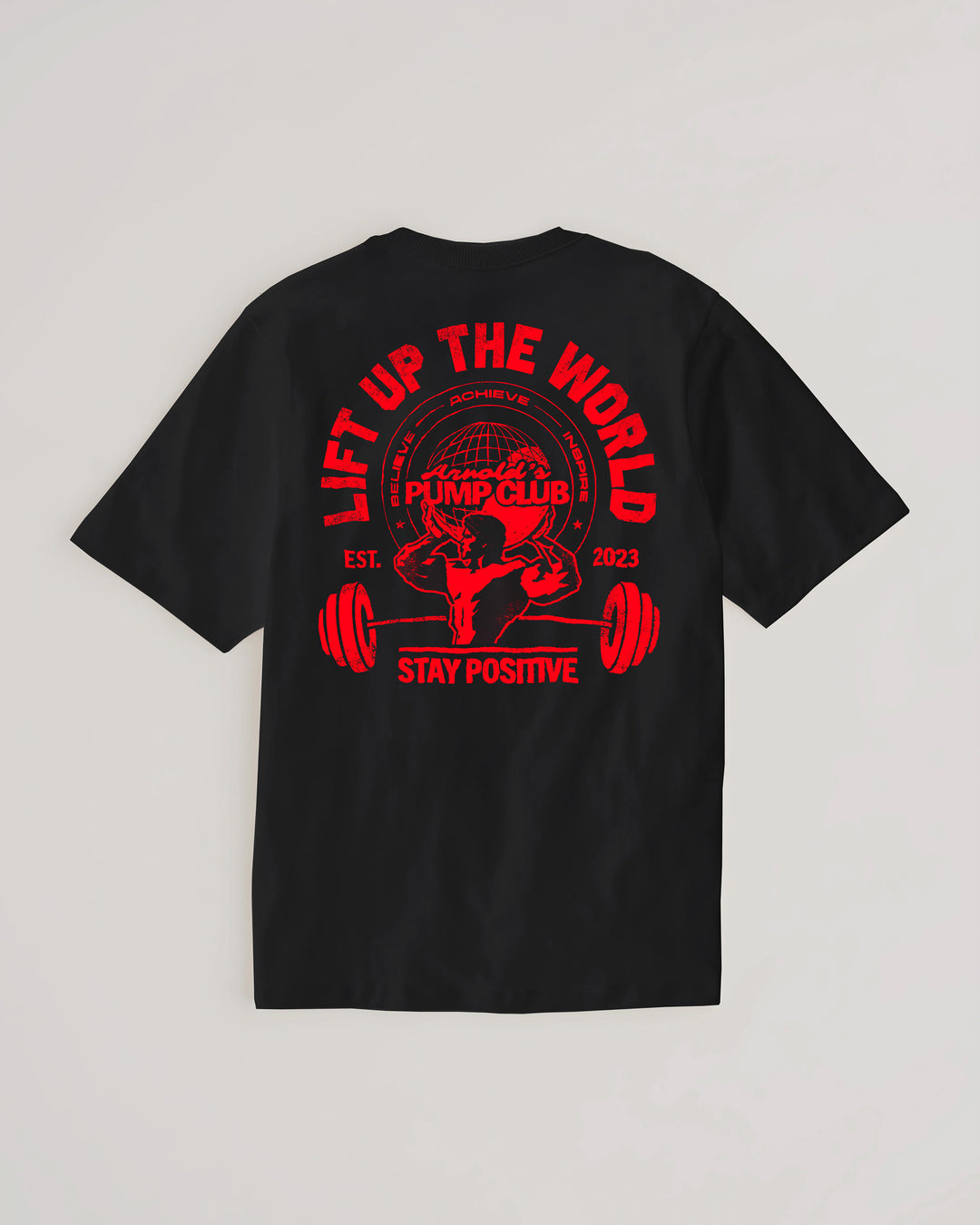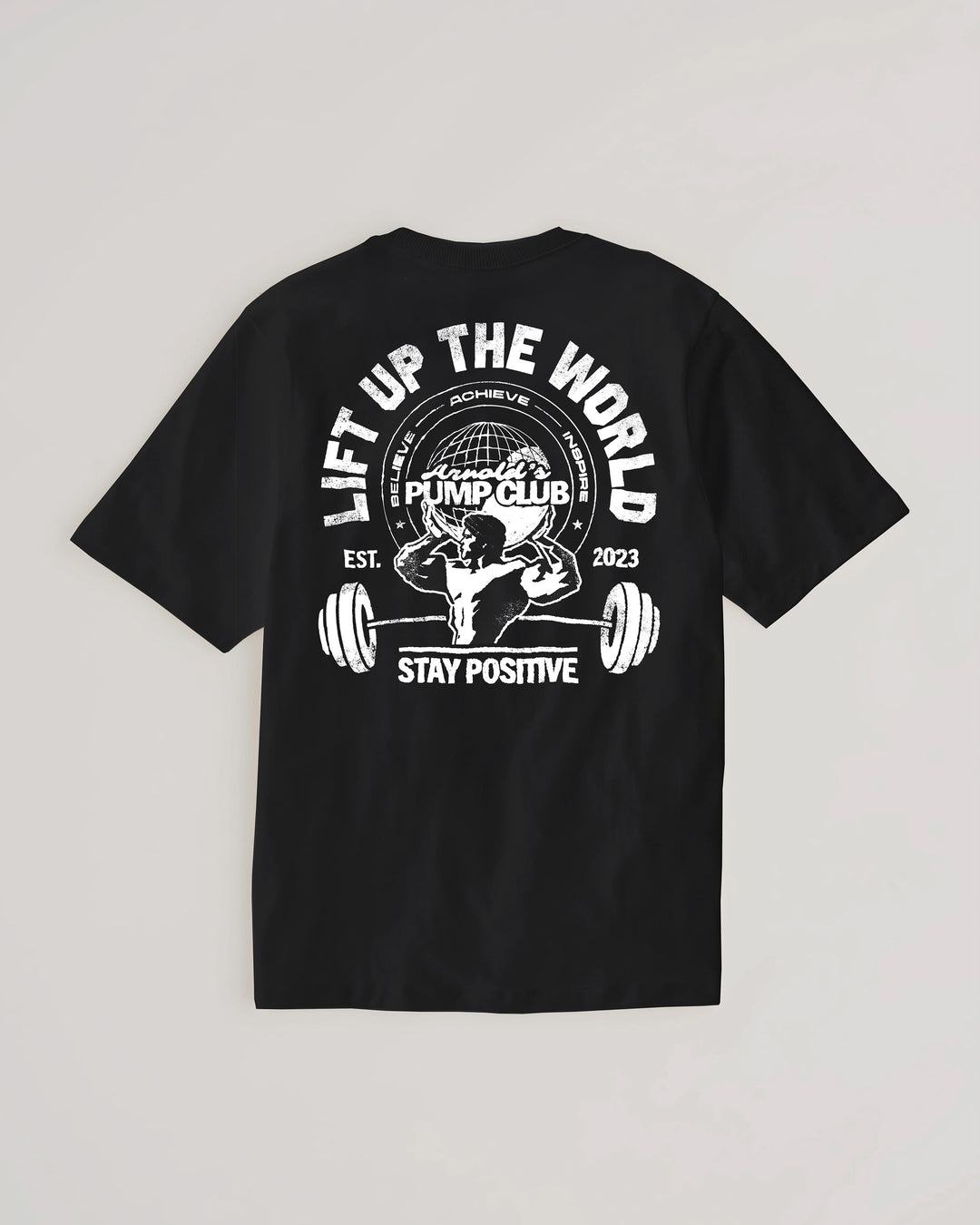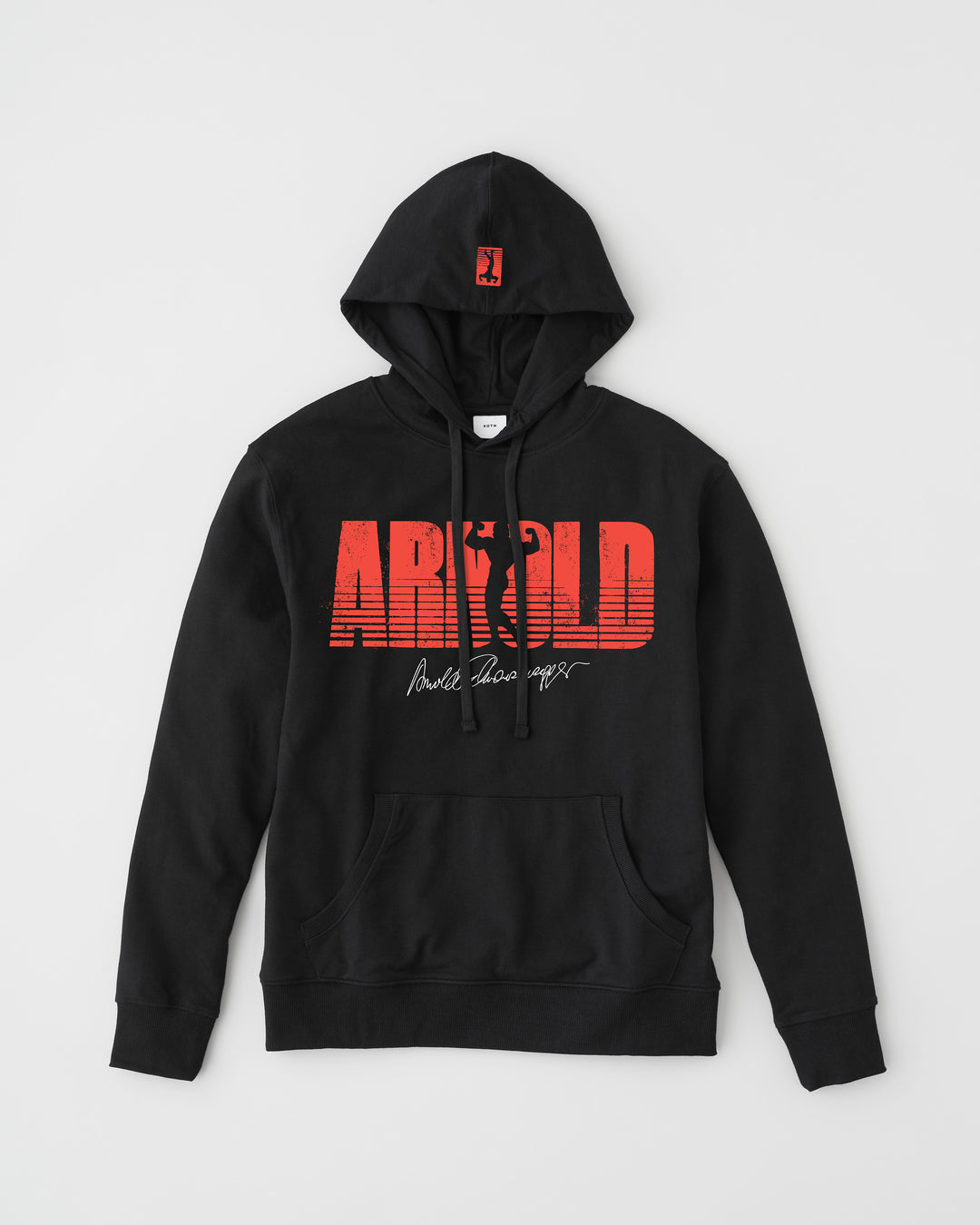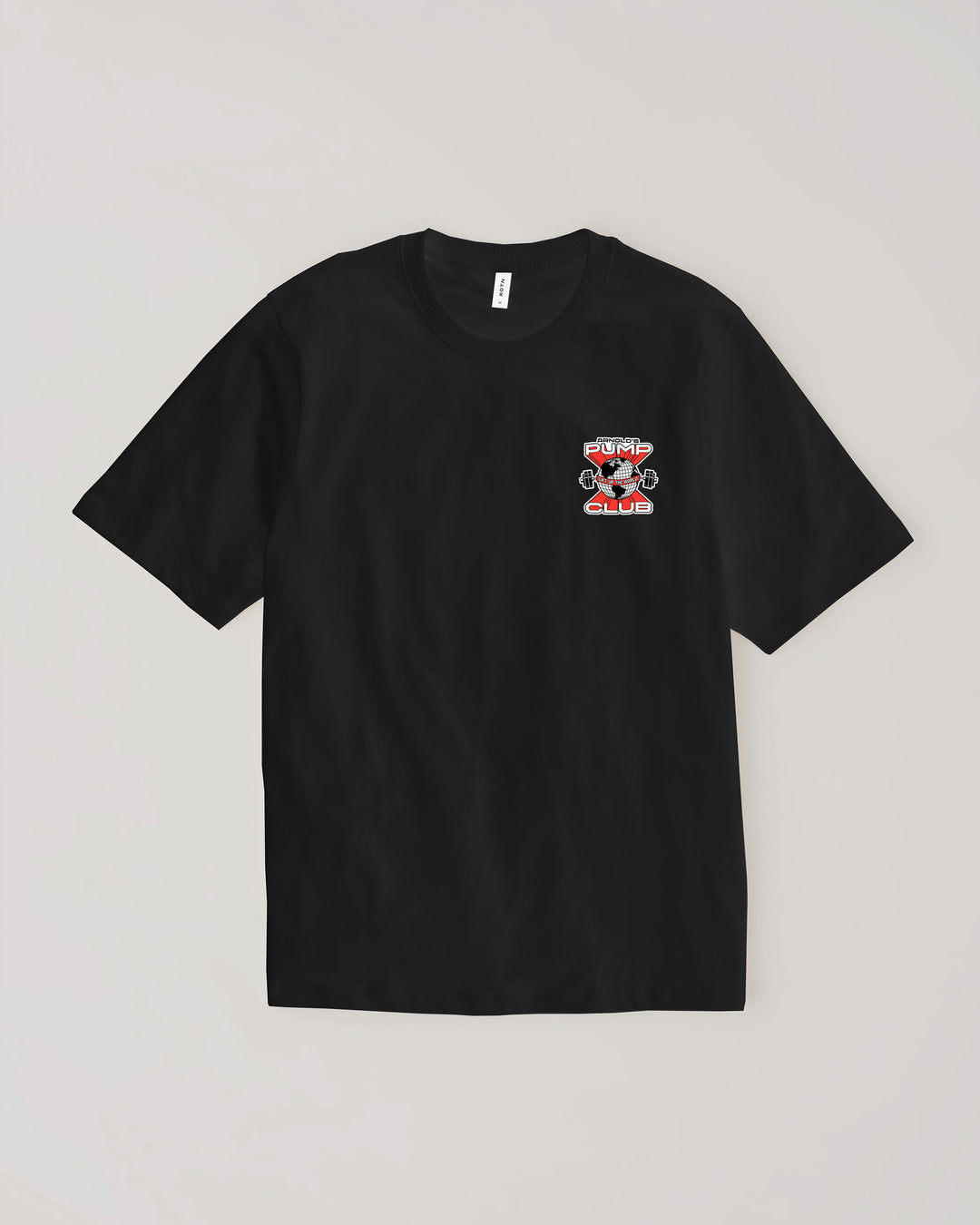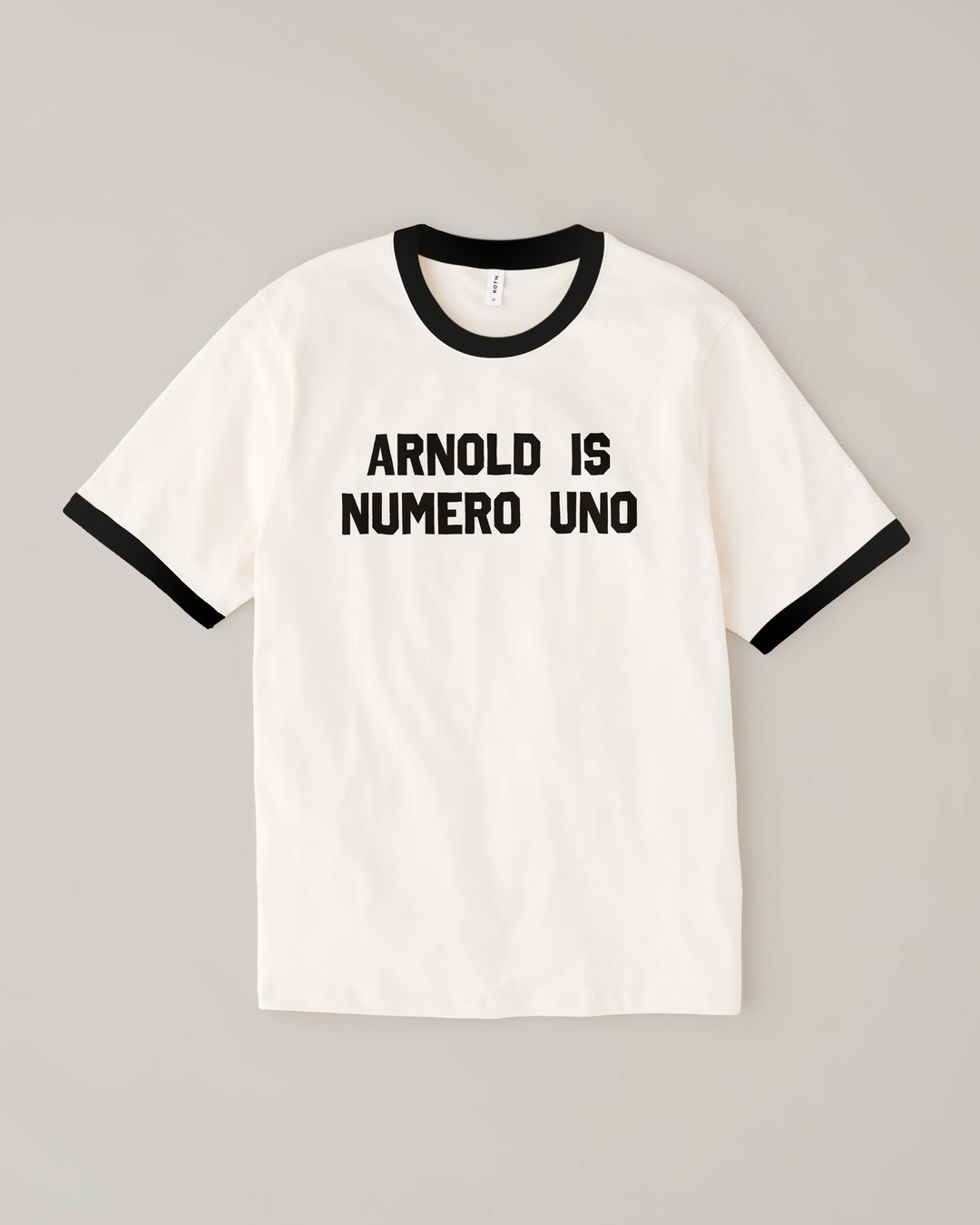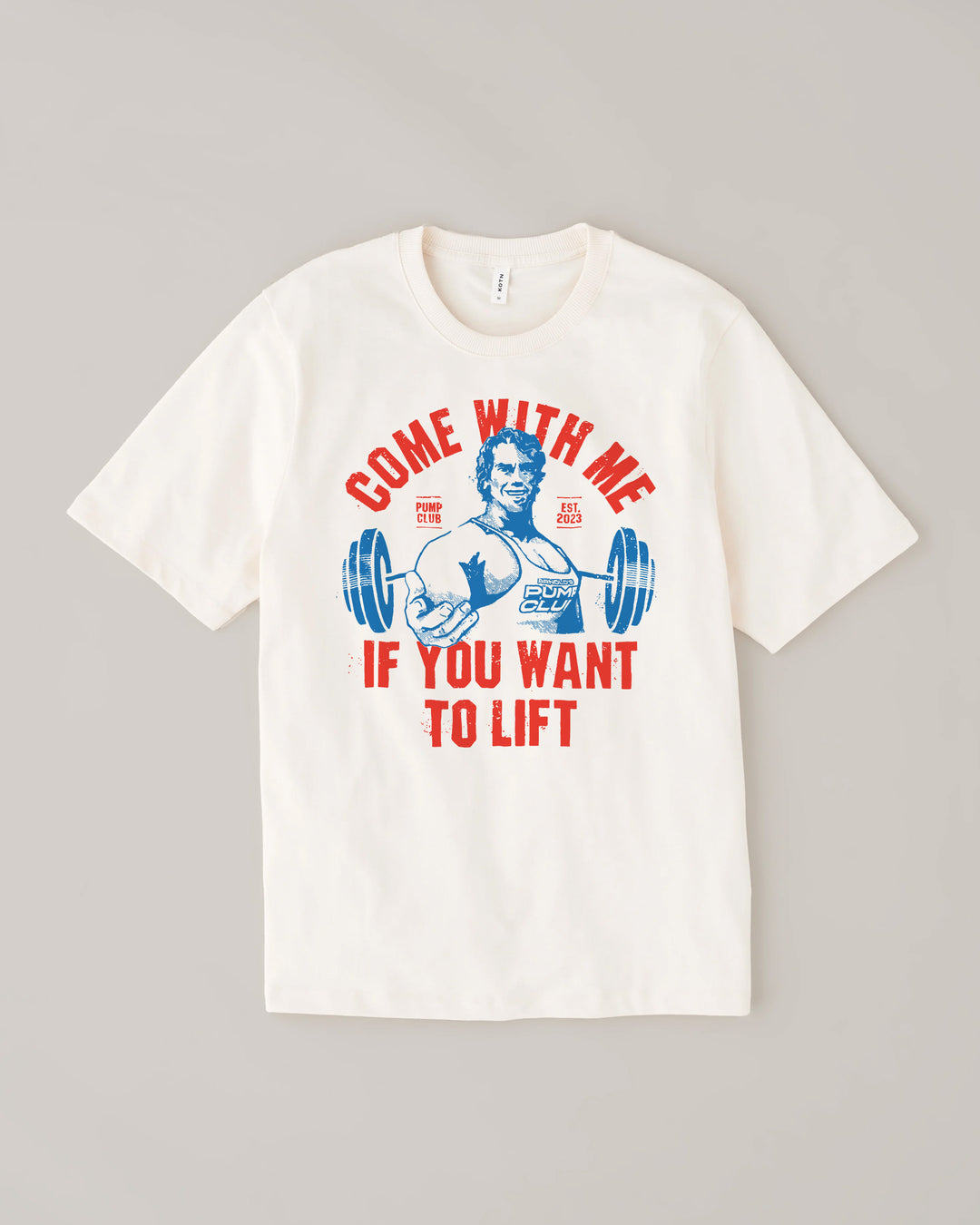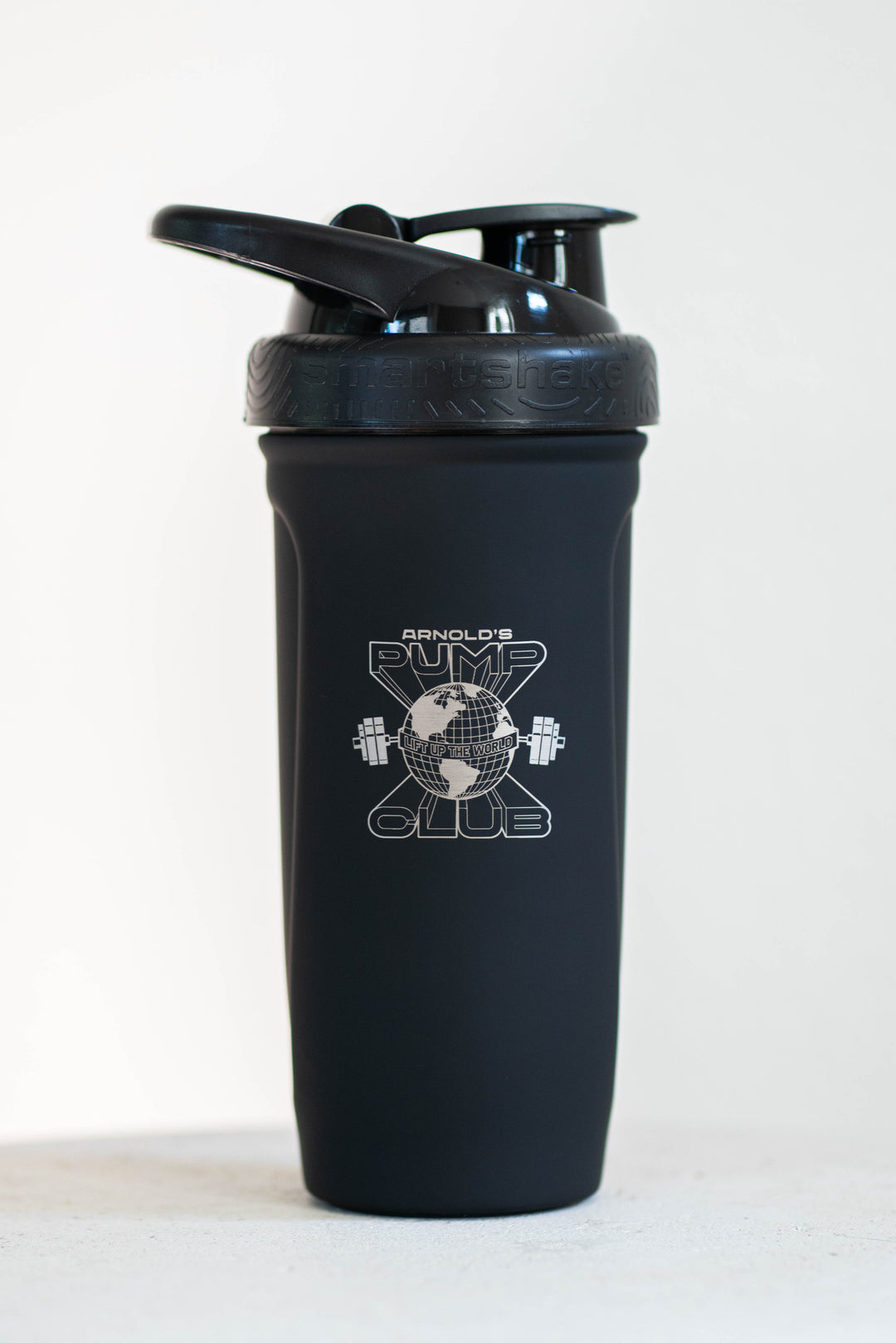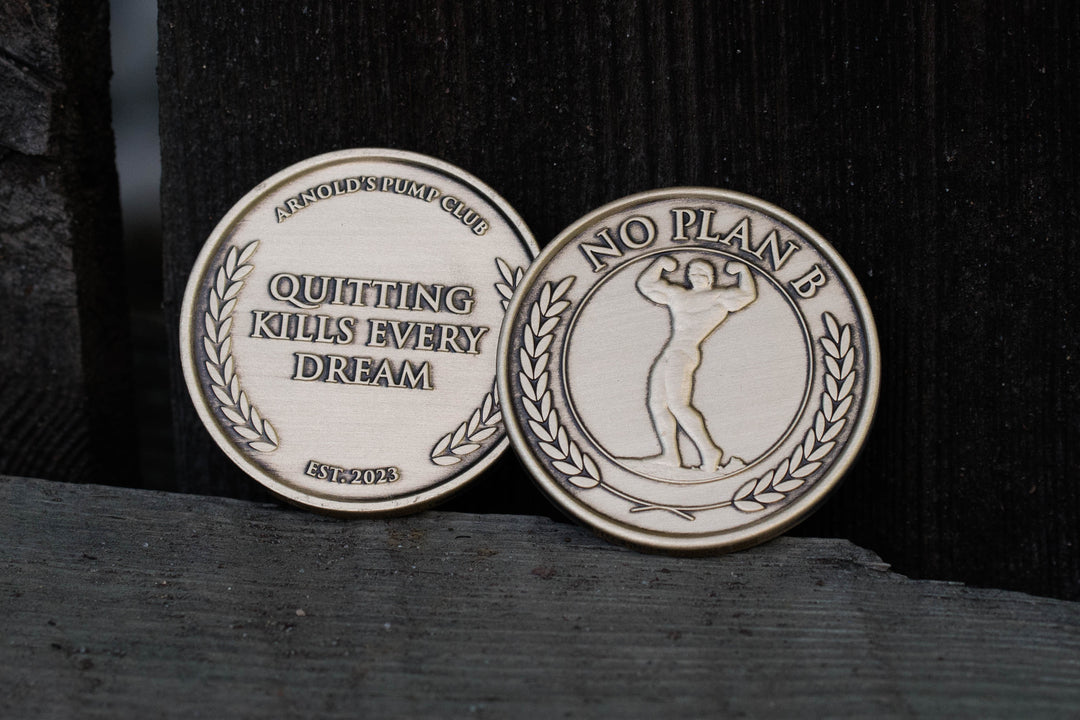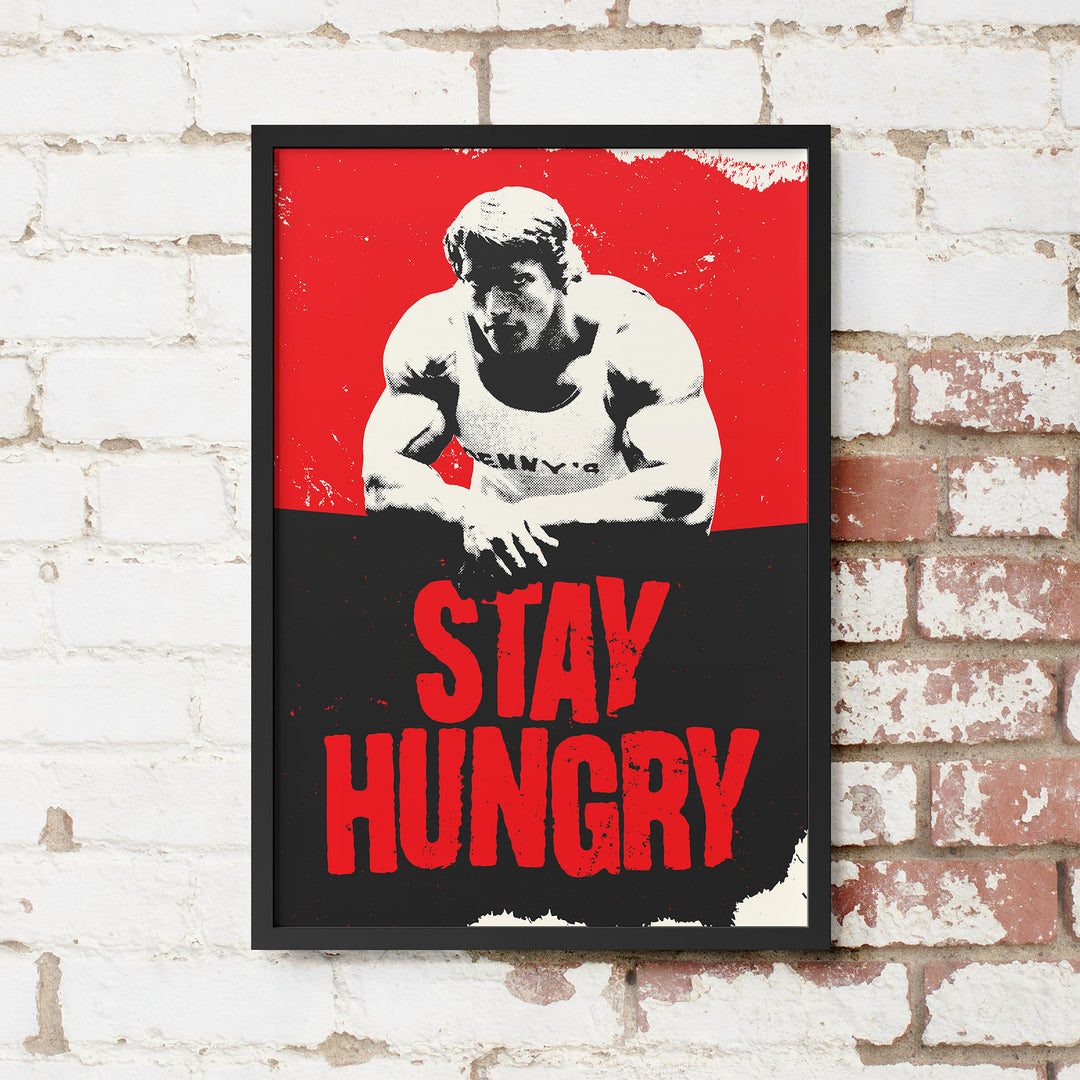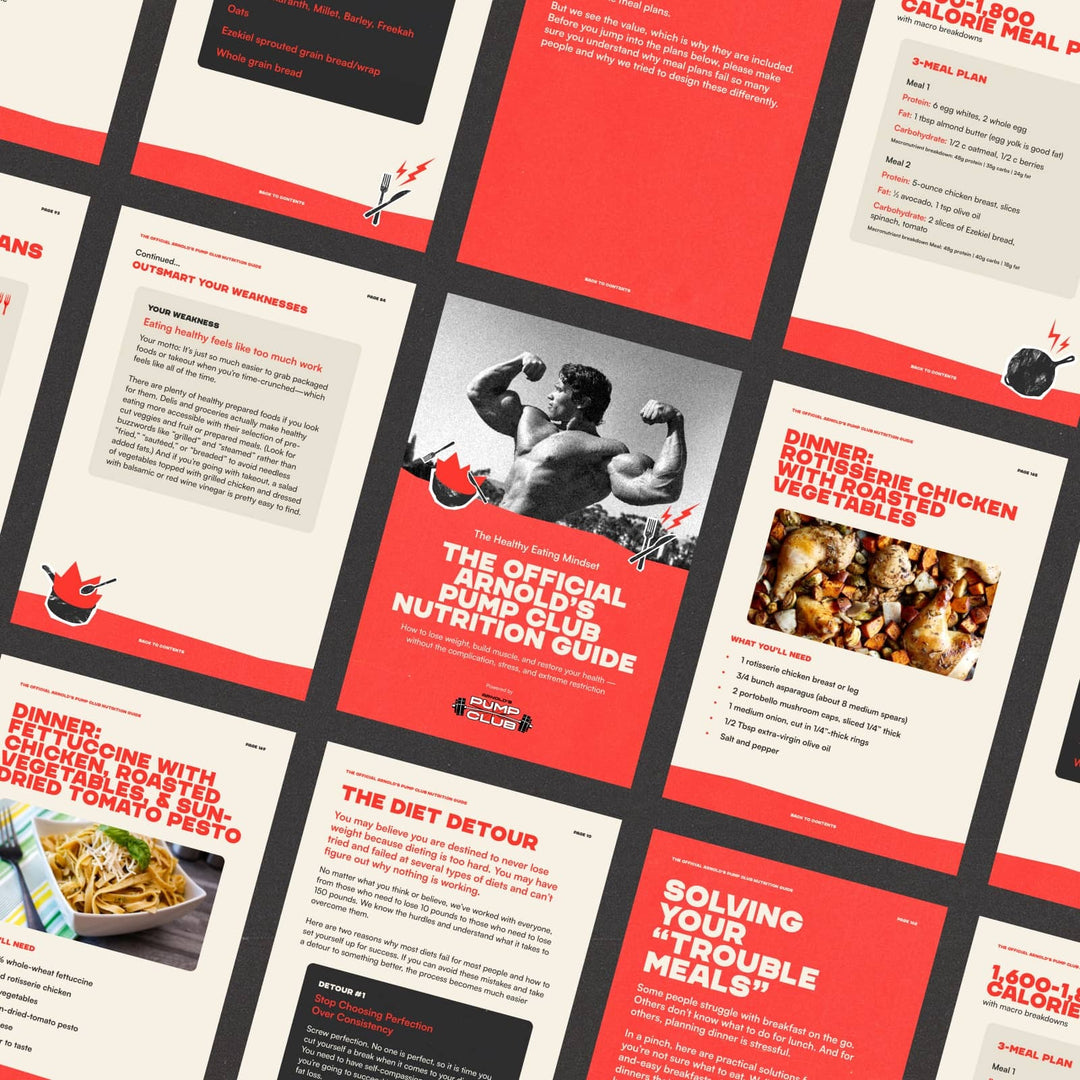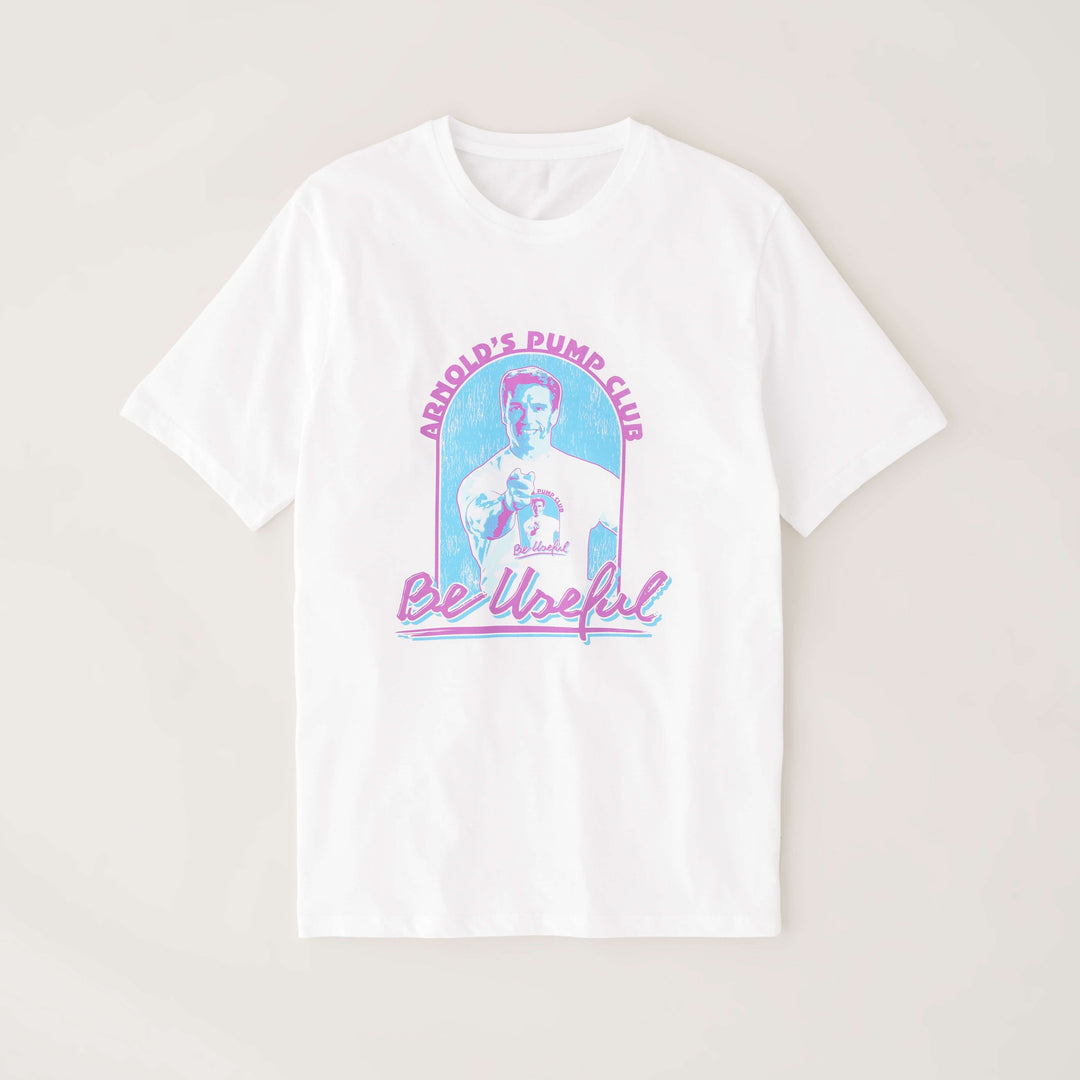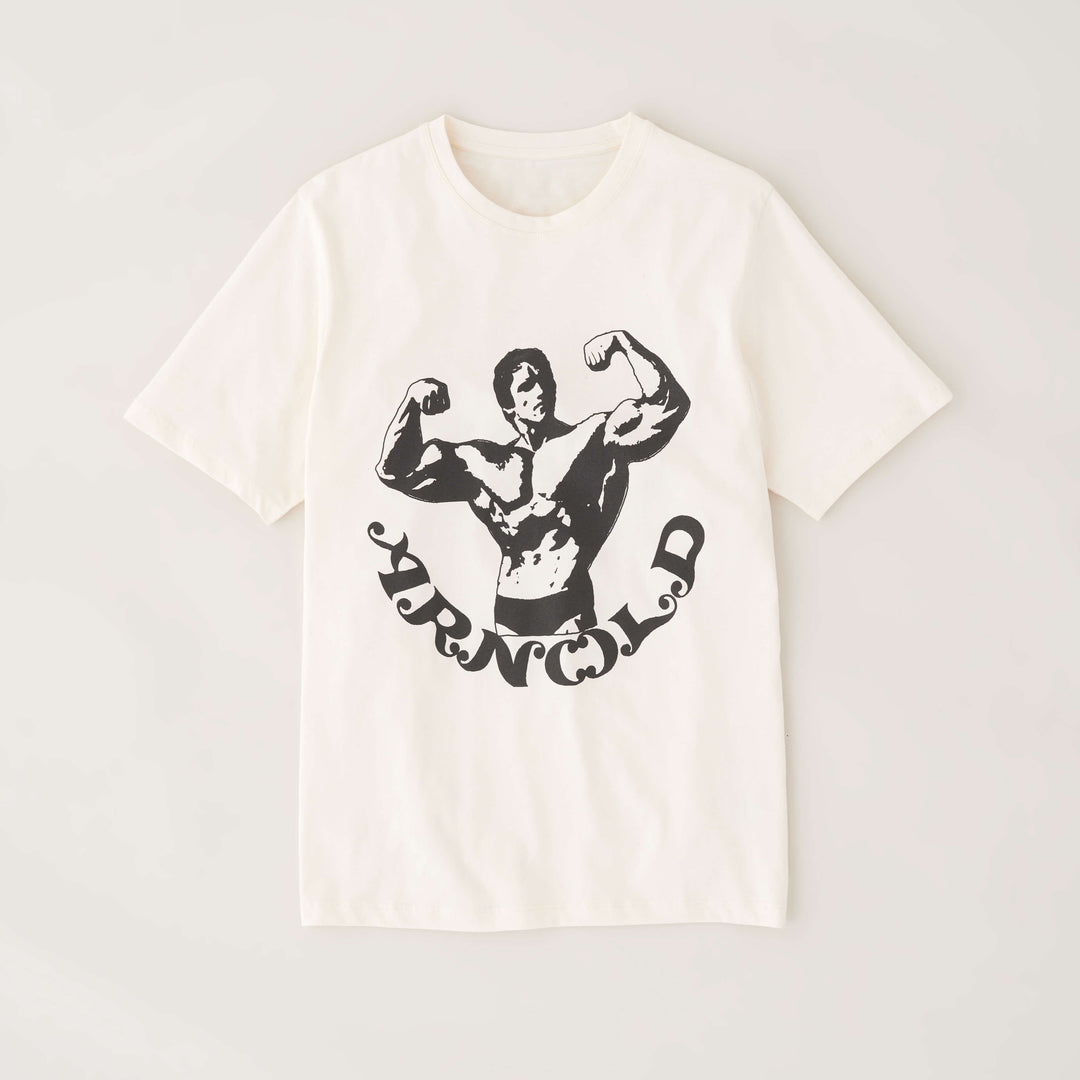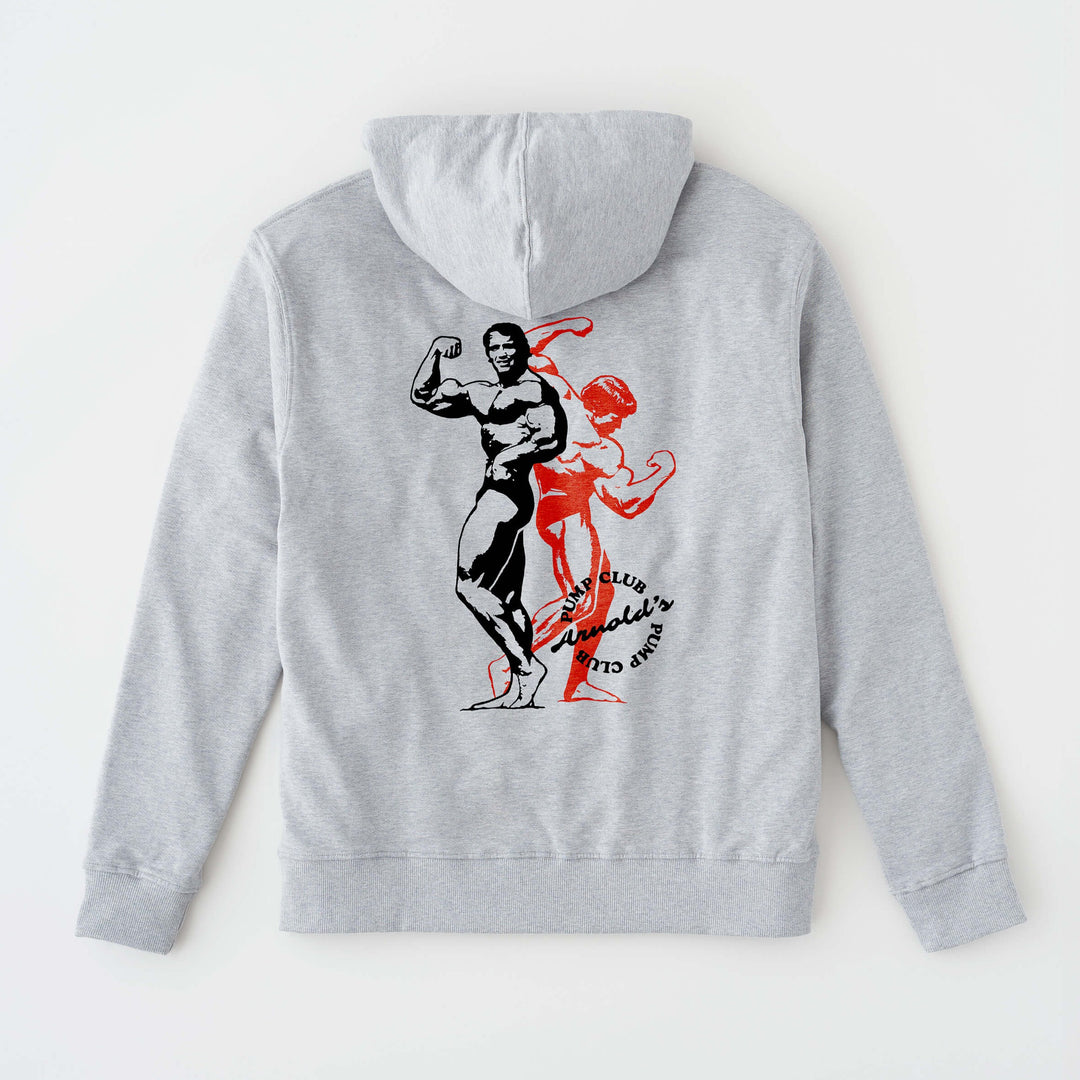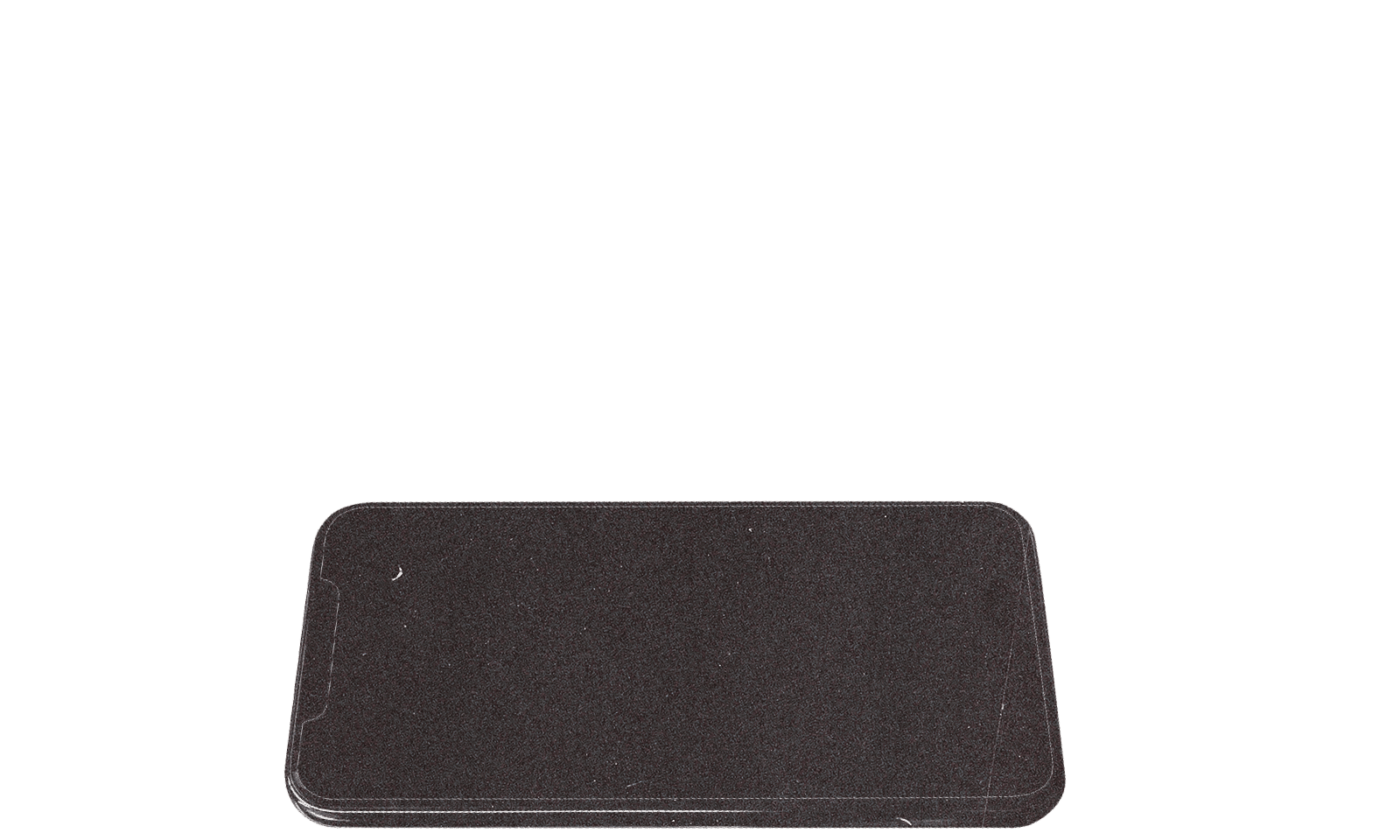Welcome to the positive corner of the internet. Every weekday, we make sense of the confusing world of wellness by analyzing the headlines, simplifying the latest research, and offering quick tips designed to make you healthier in less than 5 minutes. If you were forwarded this message, you can get the free daily email here.
Today’s Health Upgrade
The protein powder debate (is overrated)
Fact or fiction: ice baths and recovery
The original sleep aid
Arnold’s Podcast
Want more stories from Arnold? Every day, Arnold’s Pump Club Podcast opens with a story, perspective, and wisdom from Arnold that you won’t find in the newsletter. And, you’ll hear a recap of the day’s items. You can subscribe on Apple, Spotify, Google, or wherever you listen to podcasts.
Nutrition
The Protein Powder Debate (Is Overrated)
Supplement companies spend a lot of time convincing you that one protein is better than another. And while the manufacturing is different — we don’t think you should only trust supplements that invest in third-party certifications — stressing too much about the protein source you use might not matter that much.
Researchers compared 30 grams of milk protein (the source of whey) to 30 grams of a plant protein blend and found no difference in the ability to turn that protein into muscle.
Plant proteins were previously considered inferior because plants (think pea, soy, quinoa, and others) don’t have as many essential amino acids (the building blocks of your cells that your body doesn’t make on its own) as whey protein. The researchers balanced the essential amino acids by combining wheat, corn, and pea protein so they had the same amino acid profile as whey. Just like that, the plants were just as powerful.
If you want to try a plant-based protein, look for one with 20 to 30 grams per serving and approximately 2.5 grams of leucine (one of the branched-chain amino acids) per serving.
And remember, you don’t need a protein powder to see great results. Powders are just a way to isolate protein from whole food (whey comes from milk, and pea protein comes from peas). There’s nothing special about powders, but the good ones are a high-quality, convenient way to ensure you get enough protein each day.
Together With Plunge
Fact or Fiction: Do Ice Baths Help With Recovery?
Workout recovery can sometimes feel like a political debate — you have strong opinions on both sides. So, when scientists put together review papers on cold exposure, we looked deeper at what they discovered.
The latest meta-analysis suggests that cold exposure is an effective way to reduce soreness, help muscle recovery, and potentially push harder during workouts. That’s because a little cold exposure appears to decrease muscle inflammation and help remove waste faster from your body.
Although cold exposure does not directly improve athletic performance or strength, it does reduce your perception of fatigue, which is the mental side of physical exertion. The more you feel you can push your body, the more you can achieve with your workouts (sometimes, the mental limitations are the barrier to physical progress.)
Another review of 99 studies suggested that cold water immersion after strenuous exercise may reduce delayed onset muscle soreness, self-perceived feelings of fatigue, and inflammation—but only immersion in water lower than 59°F had a beneficial effect on inflammation.
If you’re wondering whether cold exposure is better than other recovery options, scientists examined 28 studies to answer that question. They assessed cold water immersion, warm water immersion, active recovery (like walking or stretching), and massage.
Cold water immersion was as effective as or better than other methods at improving recovery and helping muscles bounce back faster. Spending time in cold water reduced soreness, inflammation, and muscle damage.
The key appears to be water temperature. You want to be in water around 50 degrees Fahrenheit (10 degrees Celsius) and be able to work for up to 10 minutes, but it’s best to start with as little as two to three minutes.
We tested all of the different cooling toys and tools, and our favorite is The Plunge because it offers the best mix of helping you hit the perfect temperature with minimal effort.
The Plunge features powerful cooling that makes it easy to hit the ideal temperature for recovery, smartphone connectivity for ultimate control, and a sleek exterior designed to inspire. The all-in-one design offers a truly plug-and-plunge set-up and makes maintenance a breeze thanks to an easy access filter.
As a member of the positive corner of the internet, use the code Pump150 for $150 OFF your purchase.
Recovery
For Better Rest: Try The Original Sleep Aid
When it comes to getting a good night's rest, shutting off technology gets most of the attention. But did you know that what you eat at night can significantly impact how well you sleep?
A review of 35 studies found that combining protein and carbohydrates before bed can help you sleep better.
You might have heard of the idea of giving a warm glass of milk before bed, and this research suggests it’s not a bad idea. The protein and carbs cocktail (similar to what you’d find in milk) might be more effective than popular supplements, including probiotics, beetroot, or cherry juice.
Protein and carbs appear to help reduce sleep latency (how long it takes to fall asleep) and increase sleep duration and quality. This is likely due to the role of carbohydrates in boosting serotonin levels (promoting relaxation and sleepiness) and protein providing tryptophan, which increases the natural production of melatonin.
Just remember not to eat too close to your bedtime, as this can negatively affect your sleep. In general, have your late meal about 3 to 4 hours before your sleep.
—
Publisher: Arnold Schwarzenegger
Editors-in-chief: Adam Bornstein and Daniel Ketchell




